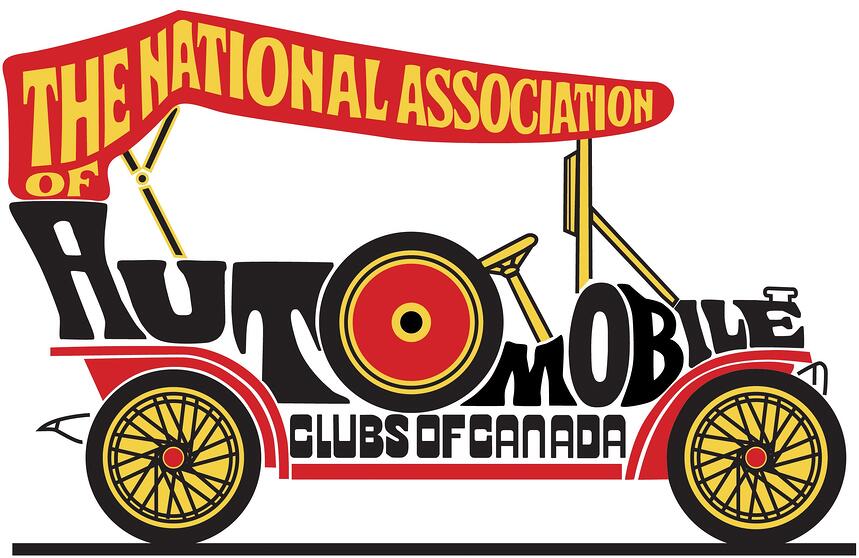Born in 1930 and raised in Montecito, California, Hammock was a natural-born car guy. Lee’s father was not only a full-time chauffeur but ran around in a home-built, Dodge-based underslung “runabout” and enlisted his young son to assist him in the build of a midget racer in the family basement when Lee was 8 years old. This, along with accompanying his dad to area dirt track races, had a profound effect on the young Hammock. His father not only taught him to weld at a young age but also walked him through the basics of chassis and sheetmetal fabrication. This made Lee’s early years a high-speed education and then some.
As soon as Lee was of driving age, he fell in with a number of the many kids in his area who were building and driving roadsters and jalopies, and it wasn’t very long before the local police knew Lee and his friends by name and by car. Although nothing more than a few warnings were issued (complete with one visit by a Santa Barbara Police officer to the Hammock family home) to Lee and his friends for the occasional squealing of tires, a quick stoplight drag, or a missing muffler, it was decided that they needed to make their little group respectable — and so it was that the Santa Barbara Acceleration Association was born in 1947. As a four-member car club, the SBAA was able to hold their weekly meetings in the parking lot of a local gas station (after 6 pm when the station was closed) whose owner was sympathetic to these teenagers with their hopped-up gow jobs. It was in 1948 at one of these club meetings that senior SBAA member Bob Joehnck arrived and announced with great excitement that he may have found a private stretch of road where they could race their cars without breaking the law. It seems that Joehnck’s father had some influence in the Santa Barbara area at the time and knew the folks who ran the nearby Goleta airport. A conversation was had between the elder Joehnck and these airport folks, and a deal was struck to allow the youngsters and their friends to have speed contests on the airport access road during the off hours of Sunday morning. Lee and his buddies were obviously excited by the idea, and the four car-club members went to meet with the airport powers-that-be to discuss the layout for this idea. As Lee told us in a recent interview, “We had a guy in the club who had just taken a full-time job as a surveyor, and boy was that good timing. He had all of the measuring equipment we would need to lay out the location and length of the course, and that really made the difference because we knew that if we held more than one of these, we’d have to be consistent with how long the course would be. Almost as soon as we arrived at the airport to meet and talk with the folks there, we noticed that a good way down was a little rise in the road where a drainage pipe ran under. This would be a great place to mark the finish line because even if you were a spectator who was watching from a ways away, you’d be able to see which car got to the end first based on which one bounced up over that rise in the road.” Now that the boys knew where the course would end, they had to figure out how long the course should be. Hammock remembered, “Yeah, we really didn’t know how to determine that other than by eyeing it up and driving down it with our cars. When we started to zero in on a length that we all thought looked and felt right, we yelled out to our buddy the surveyor, and asked ‘how far is that?’ and he yelled back, ‘It’s 1320 feet.’ That’s a quarter of a mile.” And so it was decided. Amazingly, the elder Joehnck had the good sense to employ Lloyds of London to write up and carry an insurance policy on the events, and the Santa Barbara Acceleration Association’s Goleta Airport Drags became a reality. As Lee remembers, they were also a hit. “We had a lot more guys show up to those first races than we ever thought we’d have. We tried to have a gate and charge an entry fee, but so many people were just driving in and piling over the fencing that it’s hard to know for sure how many folks came out early on. We probably had a couple of hundred spectators and several dozen cars that raced. It was definitely a success, and the guys that started up Santa Ana a couple of years later used the same course length as us, and that kind of established that for drag racing, going forward.”
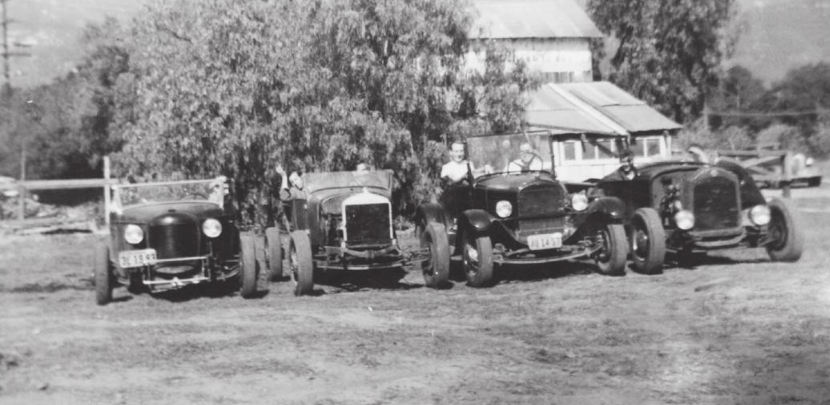
To say that this effort that Lee and his friends were involved in was an important one would most definitely be an extreme understatement. Though it is widely agreed that the Goleta Airport races were the first known, organized drag races, it is important to note that it was the hard work and dedication to detail and (most importantly) real organization that made it possible for them to carry on and develop. It is hard to say if there would have been a future for drag racing had things gotten off to a rocky and/or haphazard start. Knowing how much the public was already developing (in the 1940s) a growing distrust of these juvenile delinquents and their stripped-down jalopies, it wouldn’t have taken much bad publicity for it all to have been shut down and made illegal right then and there. But because Lee and his buddies approached it in a serious way, and with local law enforcement on their side and understanding of what the goal was, they were successful from the first event on.
Although being one of the four original organizers of these first drag races would be more than enough to solidify anyone into the “Hot Rod Pioneer” ranks, Lee Hammock would go on to be involved in and excel at nearly every facet of auto racing. Although his first experiences with racing were in dirt bullrings with beat-up jalopies, it was his growing friendship with sportscar racer and builder Willis Baldwin that exposed a young Hammock to another level of fabrication and speed. In fact, it was Hammock who Baldwin trusted to test drive his under-construction “Baldwin Special” sports racer and who he ultimately chose to have pilot the car at the first post-war California road race in Palm Springs in 1949. As Hammock remembers, “I was only 19 and wasn’t old enough to be driving in the race, so Baldwin had to finagle my way in by listing me under a made-up name while using someone else’s ID. To this day I’m not sure how he did it, but there I was on the grid with a whole lot of guys a good bit older than me who had racing experience and some pretty hot machinery.” Hammock would end up having a mixed result for the weekend. “Yeah, we won pretty easily in the initial race on Saturday. I mean that car just felt great. There was nothing it needed. It was plenty fast, and it just drove around that course with no surprises. It went where you needed it to go, and there wasn’t anything else out there that could touch it. But, as sharp as Willis Baldwin was, he was also a nonstop tinkerer, and he had come up with some homemade magneto that he was determined to try. It was an amateur mistake and something I’d never allow now, but back then you were just experimenting all the time, and I think he thought that if the car was running good now it would run even better with this hot magneto. Well, we hadn’t ever tried it, and I wasn’t even around a single lap of the main event on Sunday that the car started coughing and popping and making a fuss, and that was that. We were out of contention for the thing, but we did prove the effectiveness of Baldwin’s car, and of course, it would go on to be very successful for a number of years. Heck, it’s still running up front today in historic racing thanks to its owner, Rob Manson.”
Before moving on into proper adulthood and starting a family, Hammock would try his hand at custom car building and would continue to build engines and do fabrication work out of his home garage in Montecito. Through the years, he never stopped racing and building great cars and even went to work doing design and analysis in the automotive crash-test and safety programs of 1970s Detroit. Since his retirement in the 1980s, Lee has been heavily involved in the historic Western Racing Association (WRA), where he has built and campaigned dirt track cars both big and small in the style of car that he grew up with, as well as continuing to take on fabrication and machine work jobs for friends in his home shop. We are thrilled to have recently sat down with him to capture his story and have him walk us through a portion of his amazing life and career in motorsports and the automotive world. We thank him for everything he continues to do in the hot rod world, and we think we speak for hot rodders and racers everywhere when we say, “Thank you, Lee Hammock, for taking part in the effort to establish those very first organized drag races. A whole lot of people have had a whole lot of fun thanks to what you helped to put in motion!”

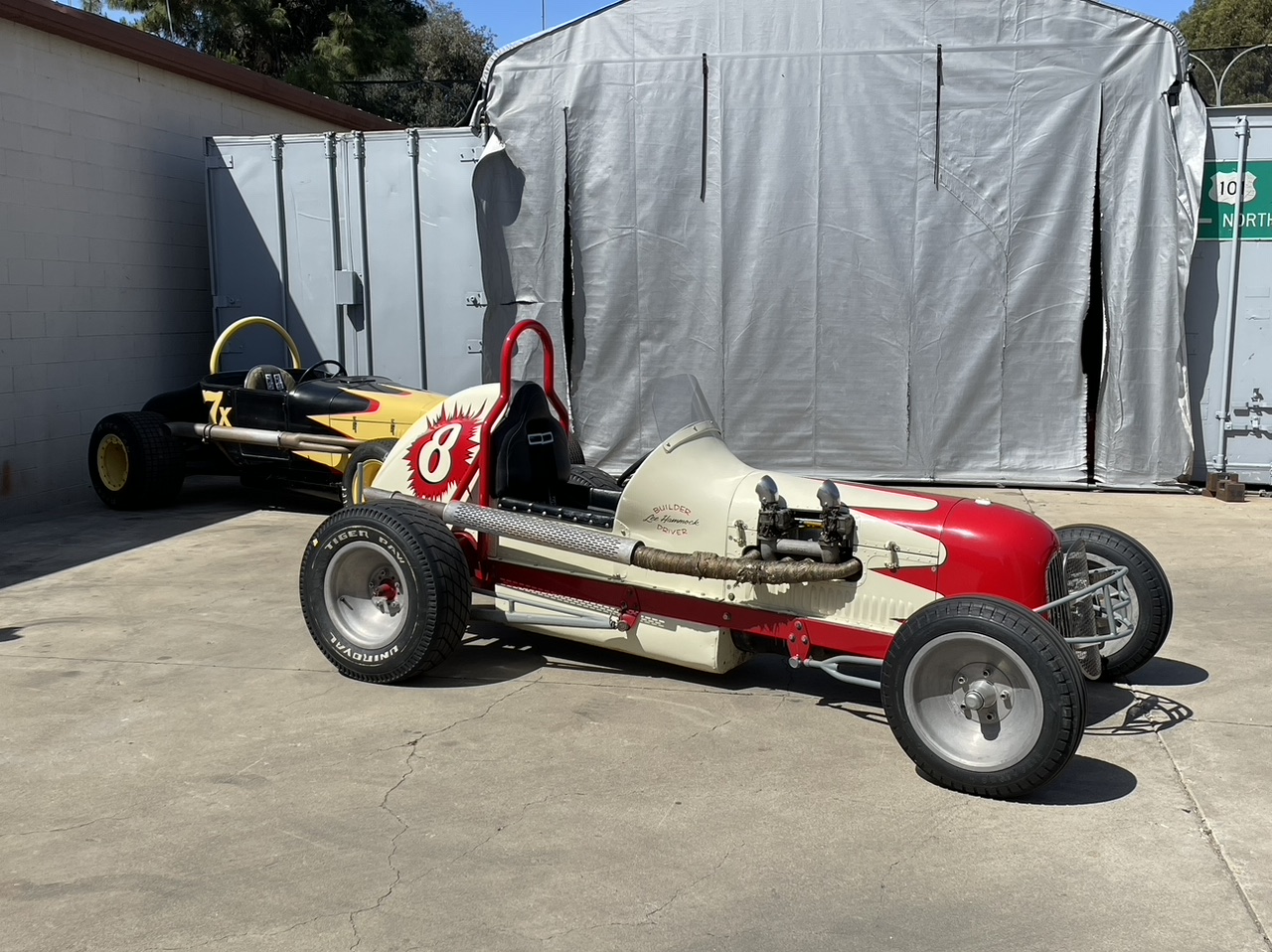




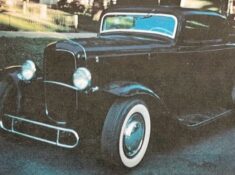 Featured Hot Rodder: Willie Ohnstad
Featured Hot Rodder: Willie Ohnstad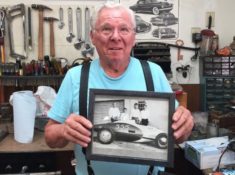 Richard French
Richard French John Wolf
John Wolf Augie Esposito
Augie Esposito

